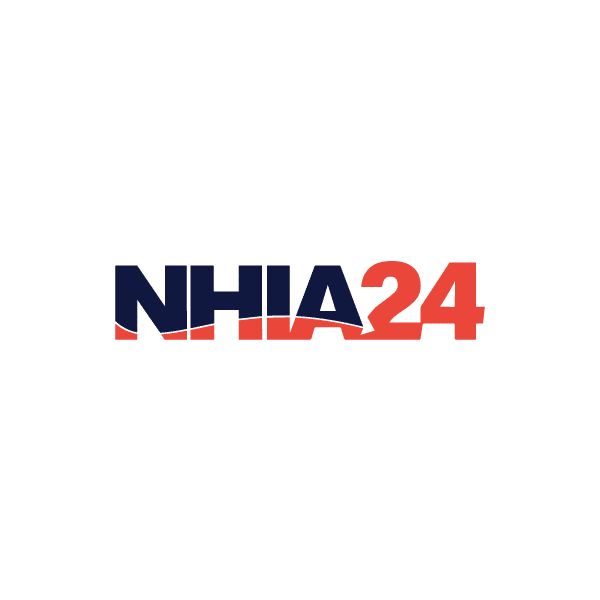Contamination Control Strategies when Using Bugs as Drugs
- Sterile Compounding
- Monday |
- 3/31/2025 |
- 10:00 AM –
- 12:00 PM
Contamination Control Strategies when Using Bugs as Drugs
Topic Description : During compounding, proper aseptic technique reduces the risk of contamination with microorganisms from the pharmacy personnel or local environment. However, to protect workers against occupational exposure, additional considerations are required when preparing cell and gene therapies derived from viruses or other vectors of genetic material. While the overall risk may be lower when compared to conventional hazardous drugs, occupational exposure to these therapies is possible and should be managed appropriately. Effective management includes cleaning and decontamination of surfaces that may potentially be contaminated with drug preparations.
Topic Description : During compounding, proper aseptic technique reduces the risk of contamination with microorganisms from the pharmacy personnel or local environment. However, to protect workers against occupational exposure, additional considerations are required when preparing cell and gene therapies derived from viruses or other vectors of genetic material. While the overall risk may be lower when compared to conventional hazardous drugs, occupational exposure to these therapies is possible and should be managed appropriately. Effective management includes cleaning and decontamination of surfaces that may potentially be contaminated with drug preparations.
Learning Objectives
Speaker(s)
Mark Wiencek PhD
Lead Microbiologist
Contec, Inc.

